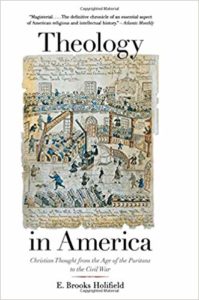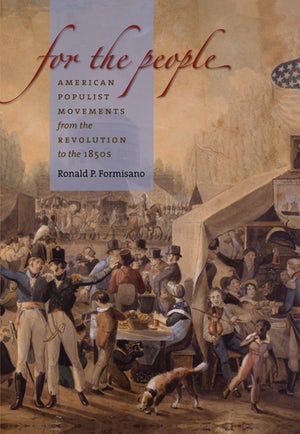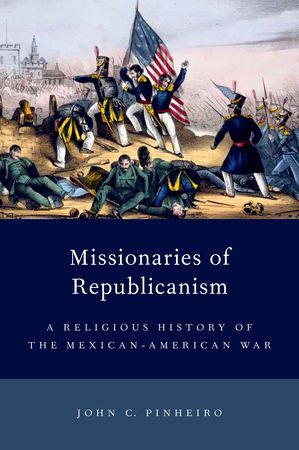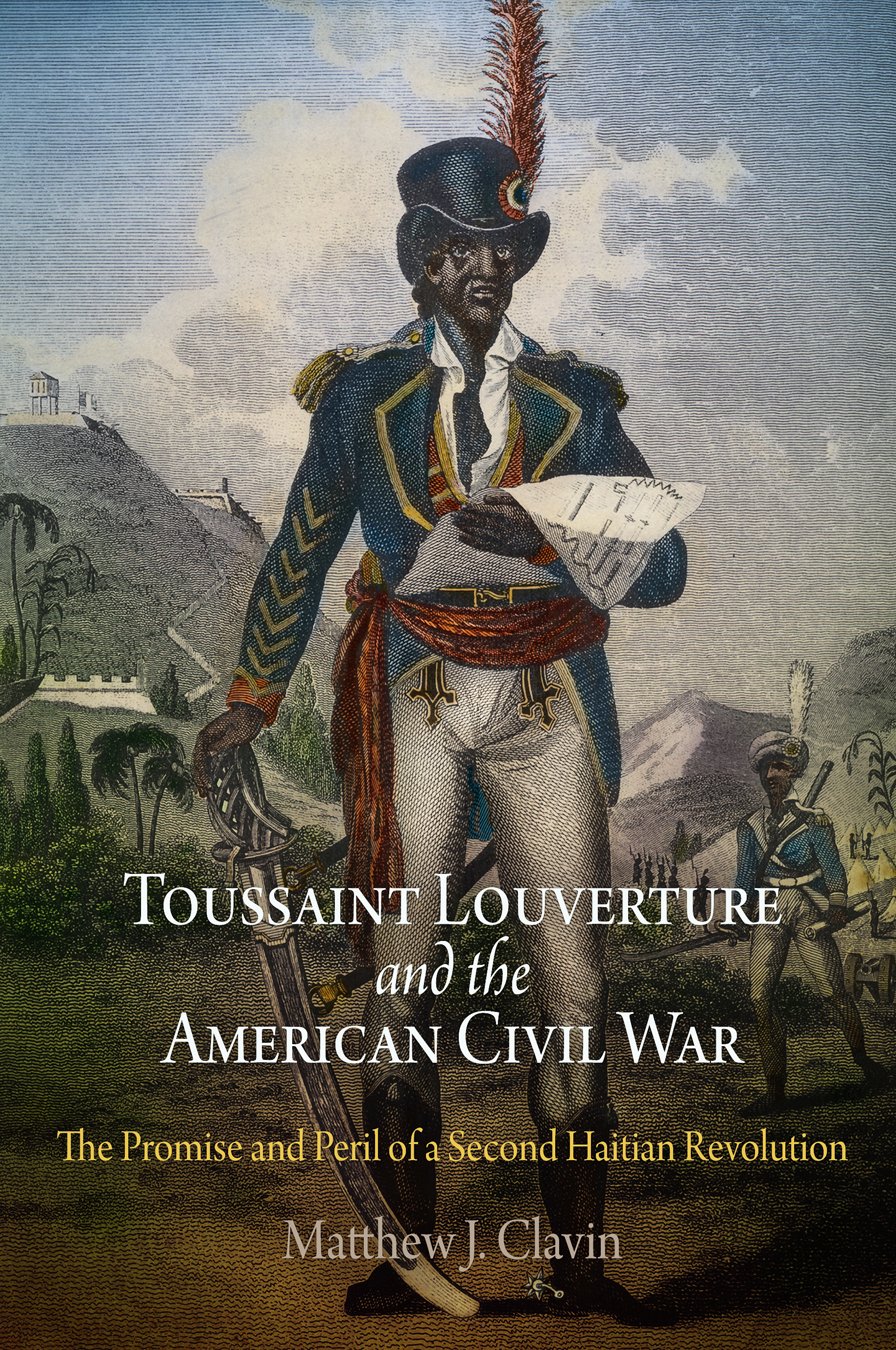Is it possible to write an intellectual history of early American theology that keeps readers awake, and indeed eager to turn each page? E. Brooks Holifield has succeeded in doing just that with Theology in America: Christian Thought from the Age of the Puritans to the Civil War. Holifield, Charles Howard Candler Professor of American Church History at Emory University, has made a monumental contribution to our understanding of religion in America from 1636 to 1865, one that parallels his mentor Sydney E. Ahlstrom’s A Religious History of the American People (New Haven, 1972). He advances the thesis that in the realm of theology, American intellectual development was more sophisticated than generally thought, and “that Christian theology in America was part of a community of discourse that stretched . . . across the Atlantic to Europe” (vii). Popular interest in theology, which has been the focus of the majority of works in American religious history, is not Holifield’s primary concern, as he confesses that the extent of such interest and its influence on religious practices are unknown. Citing Alexis de Tocqueville and Josiah Willard Gibbs, both of whom commented on the average antebellum American’s disinterest in philosophy and theology, Holifield notes that popular interest grew nevertheless, such that nineteenth-century public theological debates entertained “large audiences [in] contests that extended over days” (3). While class tension divided elite from populist theologians, they still shared “a preoccupation with the reasonableness of Christianity that predisposed [them] toward such an understanding of theology. The book interweaves this claim about the quest for reasonableness with five other themes that amplify and qualify it: the continued insistence on theology’s ‘practicality’ and its ethical functions, the importance of Calvinism, the interplay between Americans and Europeans, the denominational setting of theology, and the distinction between academic and populist strands of thought” (4).
Contending that seventeenth-century New England Calvinist theologians “set the agenda for a debate that continued more than three centuries” (25) and generally dominated it, Holifield authoritatively defines the various levels on which that debate took place. One concerned the rationality of Christianity and attempts by clergymen from the various denominations and sects of Christianity to reconcile reason with revelation; that which in the Bible can be evidentially proven, with the miraculous and the illogical. Another concerned Calvinism itself, particularly the thorny issues of predestination, election, and the freedom of the will, especially as interpreted by Jonathan Edwards’s theology, which redefined the terms of Calvinist debate for many decades after his death in 1758. Protestant theologians utilized Baconian logic and Lockean empiricism in a vast multilayered argument over such issues as science, virtue, sacramentalism, traditionalism, and ritualism, each school of thought seeking to reinforce their interpretations of Christianity as an innately rational religion grounded in provable historical and scientific facts. American theologians of the seventeenth and eighteenth centuries, Holifield conclusively shows, tended to follow paths blazed by their British forbears and contemporaries, with whom they were in frequent scholarly communication.
American Lutherans, Catholics, and Transcendentalists in the early nineteenth century gradually rejected Baconian reasoning in favor of more naturalistic interpretations of Christianity inspired by European romanticism, which forced Calvinists to continually reconsider their positions and refine their arguments. Others turned to biblical fundamentalism, and anti-intellectualist populism that bolstered the appeal of Baptists, Methodists, and Restorationists, particularly in the South and West. Facing attacks from Unitarians, Universalists, and Deists, the heirs to Edwardsean Calvinism in the nineteenth century differed over liberal and conservative forms of Calvinism, and despite Holifield’s Herculean effort to explain the differences in doctrinal opinion between the many varieties of Calvinist thought, one risks getting lost in a thicket of theological hair splitting. It is no wonder that the theologically populist denominations generated so much interest and attracted adherents frustrated by university-trained theologians’ academic gymnastics. Nonetheless, by the nineteenth century American political independence from Britain led to a process of rapid intellectual maturation, as what had formerly been largely a British-American exchange now incorporated and expanded upon continental European elements.
The scope of the book is impressive, and Holifield’s accomplishment is that he has synthesized such a wealth of information into a coherent narrative. He is careful not to sacrifice important details, and subtle nuances of theological disputation are well explained. There are, however, some problems regarding context. The greatest, in my opinion, concerns the lack of a sociopolitical context. Holifield establishes that for the most part theology in America was an intramural exercise, with clergymen and theologians communicating among themselves, and only occasionally to a wider audience. While the conversations and debates may have been confined to relatively small groups of people, they were not conducted in a temporal vacuum. Surrounding events inevitably exerted a variety of pressures that altered the terms of the discussion. Holifield barely mentions the democratization of colonial American society and politics, the libertarian and egalitarian rhetoric of the American Revolution, the politics of the Jeffersonian and Jacksonian eras, antebellum regional sectionalism, and the Civil War. He devotes considerable space to eighteenth-century notions of virtue in chapters 4, 5, 6, and 9, but offers no comment on how the revolutionary experience–and political disconnection from Britain–informed the “purified [deist] theology” of Benjamin Franklin, Thomas Jefferson, Thomas Paine, Joseph Priestly, and Ethan Allen (162), or mainstream Christianity in general. Concerning sectionalism and the Civil War, no attempt is made to show how the sharpening divide between North and South, and the bloody conflict itself, shaped Northern or Southern theological ideas apart from the argument over slavery. Similarly, he neglects to mention how popular anti-Catholicism may have influenced Orestes Brownson’s shaken “‘belief in the divinity of the people’” (483) after his conversion to Catholicism in 1844. On the one hand Holifield was wise to avoid such contextualization, but on the other he missed an opportunity to show how sociopolitical conditions unique to America had a more substantial impact on its intellectual development than is implied.
It is curious, given what Holifield sees as an American emphasis on Christianity’s practicality, that there is no chapter or section specifically covering antebellum social reform movements. The heavy emphases upon morality, the deliberate nature of sin, and perfectionist millennialism in the theology of Charles G. Finney and Lyman Beecher (365-68, 375-76), for instance, are not shown to have informed their reformist activities. However, Holifield is assuming that his readers are also familiar with this subject, as evidenced by his glancing references to the temperance and abolitionist movements, and voluntarism. African-American Christianity is covered in chapter 15, and while Holifield is correct to note that African-American preachers and theologians essentially followed in their white counterparts’ footsteps, he could have offered some deeper explication of their subversive liberation theology, particularly its inherent millennialism as expounded by Lemuel Haynes in the 1770s and Nat Turner in the 1830s. Chapter 25 very briefly examines the “dilemma” of slavery and the theological justifications put forward by the institution’s proponents and opponents, but no new light is shed upon the subject. Holifield devotes some space to women as theologians throughout the book, principally Catharine Beecher, Judith Sargent Murray, and Frances Wright, but they were greatly overshadowed by their male counterparts, and women did not more fully emerge as prominent theologians until the latter half of the nineteenth century.
Theology in America is at its best when Holifield is explaining the points of contention between denominations and schools of thought, and this is, after all, a work of intellectual–not political or social–history. Readers will finish the book with a greater understanding of how the Calvinism of the founding generation diversified and evolved over two centuries, and with a deeper appreciation for the flow of ideas back and forth across the Atlantic. Despite my sense of its minor shortcomings, Theology in America is an indispensable resource for scholars of the field, and should be regarded as a standard work for this generation. I can only hope that a follow-up work is planned.
This article first appeared in issue 4.3 (April, 2004).
John Howard Smith is an assistant professor of history at Texas A&M University-Commerce. He is currently revising his doctoral dissertation on Sandemanian theology in the eighteenth-century British-American Atlantic world into a book manuscript.



















